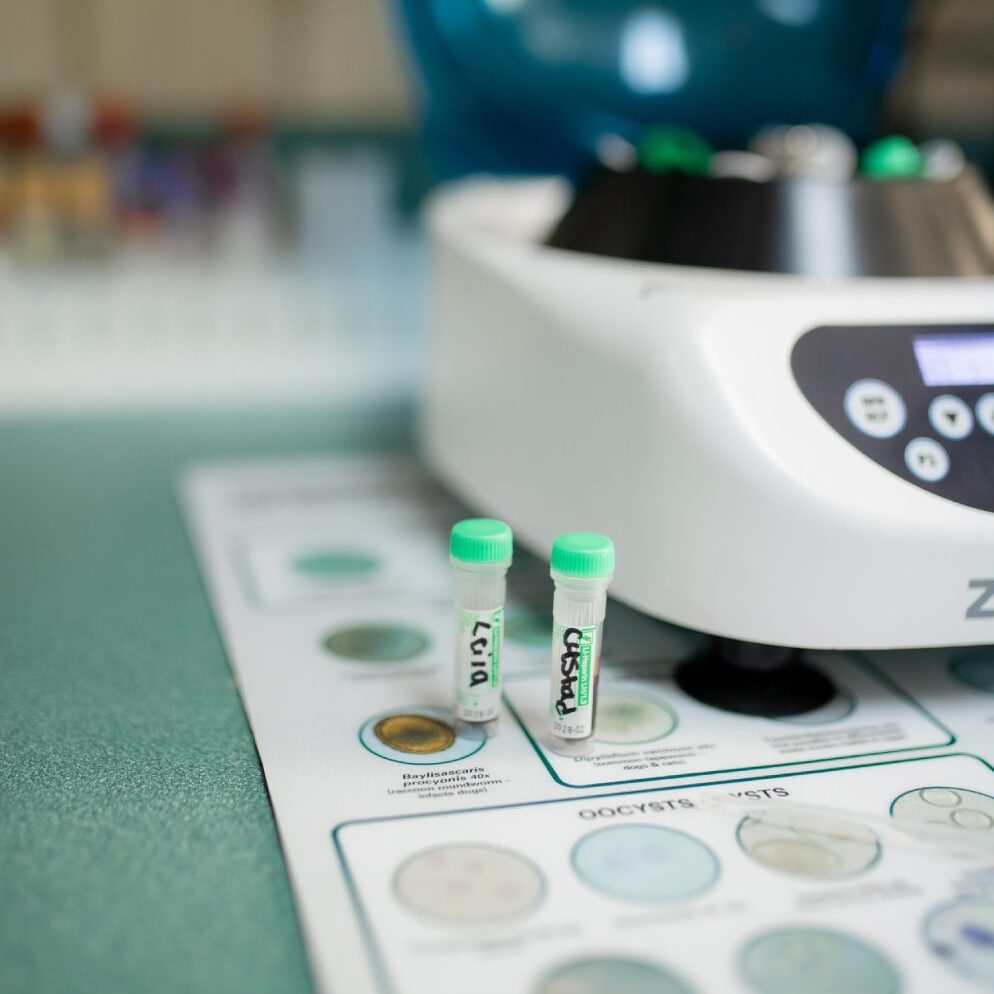When your pet is under the weather, you want answers—fast. At Countryside Animal Hospital, we’ve invested in cutting-edge diagnostic technology to help pinpoint health issues quickly and accurately. From lab work to imaging, our comprehensive diagnostic services allow us to detect problems early, provide precise treatment, and get your pet back to feeling their best as soon as possible.
When your pet isn’t feeling well, get to the bottom of their problem with our in-house diagnostic testing capabilities. Call us at (770) 788-7387 or book an appointment online today.
Video Otoscope: Pinpointing Ear Problems
If your pet suffers from chronic ear infections, itching, or discomfort, our video otoscope helps us get a detailed look inside their ear canal. This fiber-optic camera magnifies the ear’s interior, allowing us to diagnose and treat:
Ear Infections & Mites
Tumors or Growths
Foreign Objects in the Ear
Ruptured Eardrums
With a clear, close-up view, we can treat ear issues more effectively and provide relief faster.
Digital Ultrasound: Real-Time Imaging for Internal Health
Using sound waves instead of radiation, ultrasound gives us a real-time, moving image of your pet’s internal organs. This safe, noninvasive tool helps diagnose:
- Heart disease & cardiac conditions
- Abdominal masses & tumors
- Organ abnormalities
- Soft tissue injuries
- Pregnancy & fetal development
- Heart disease & cardiac conditions
- Abdominal masses & tumors
- Organ abnormalities
- Soft tissue injuries
- Pregnancy & fetal development
By providing a deeper look at internal structures, ultrasound helps us diagnose issues sooner and with greater accuracy.
Count On Countryside for Cutting-Edge Pet Diagnostic Tests
We know how stressful it can be when your pet is sick or injured. That’s why we prioritize fast, accurate diagnoses—so we can provide the right treatment as soon as possible.
If your pet is experiencing unusual symptoms or isn’t acting like themselves, don’t wait. Give us a call at (770) 788-7387 or book online to get the answers you need.

